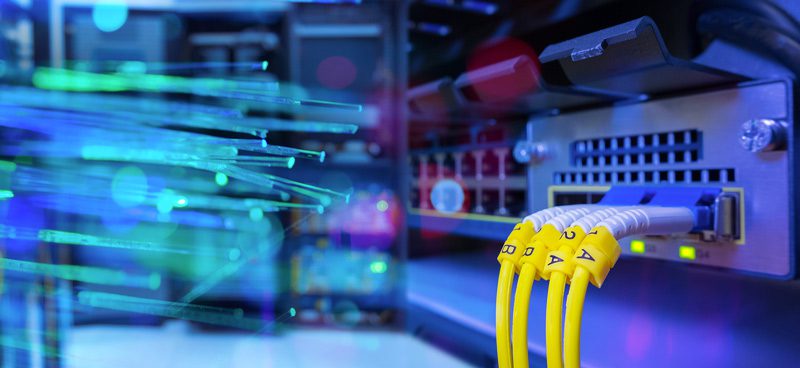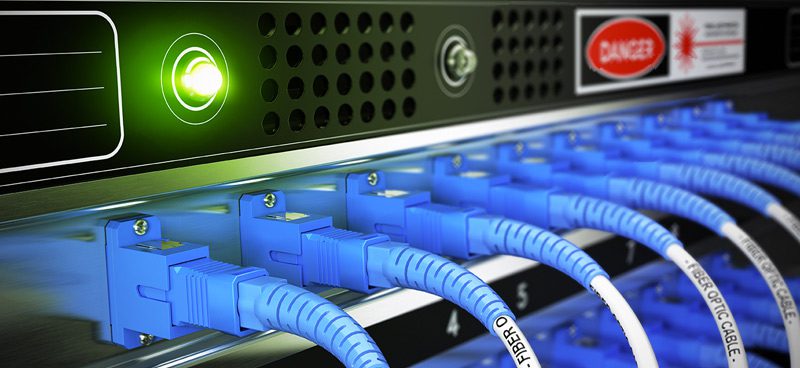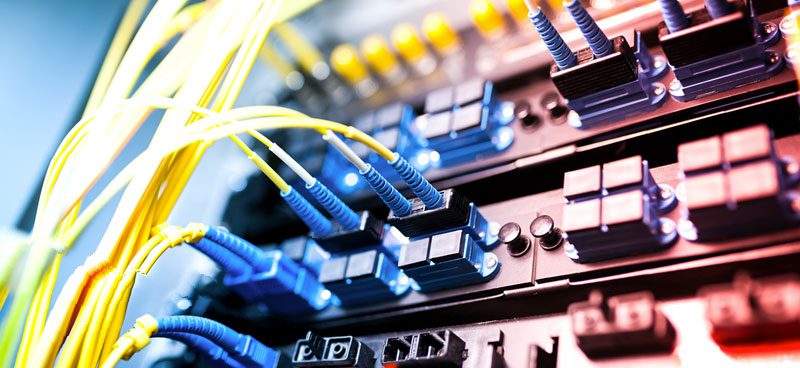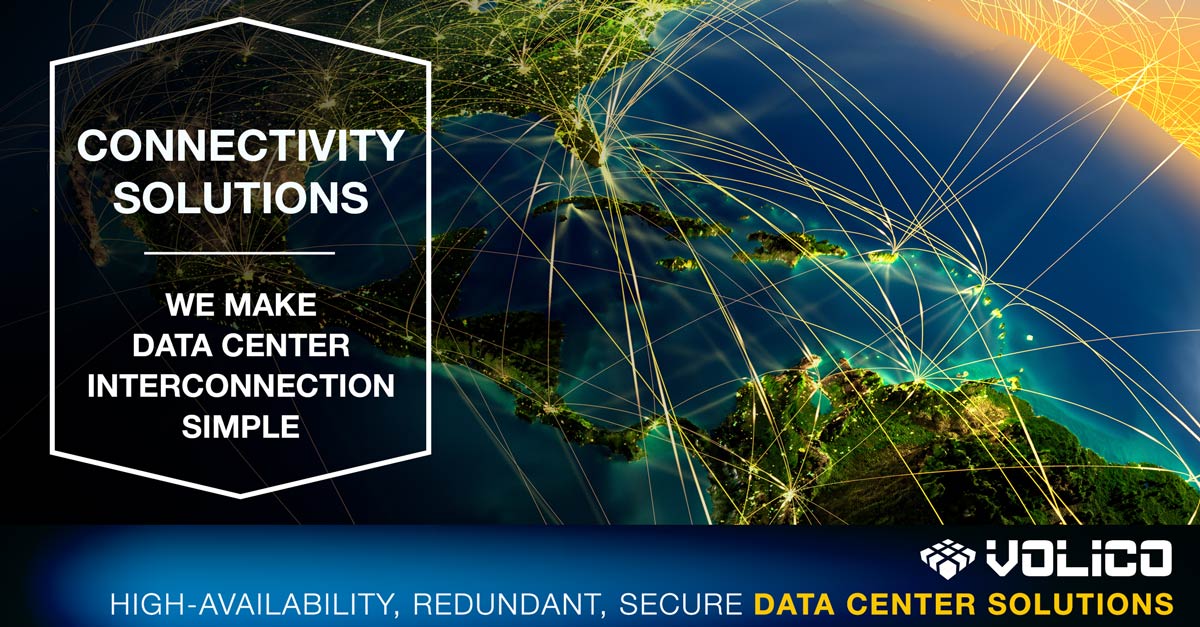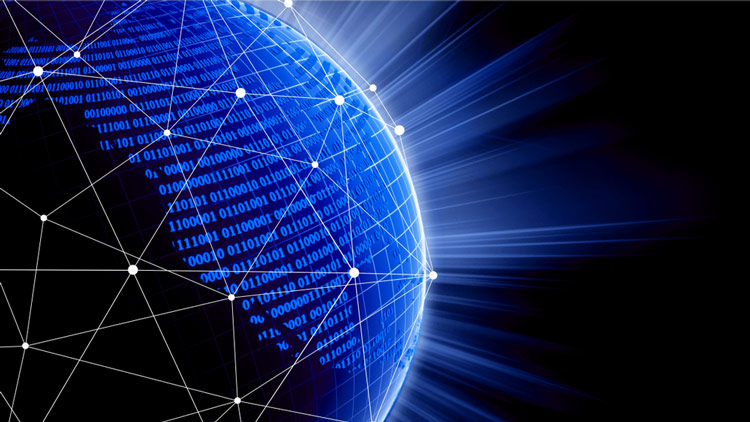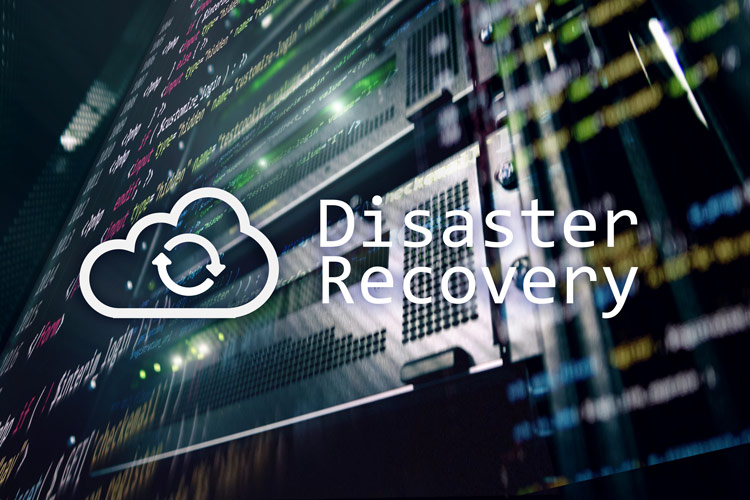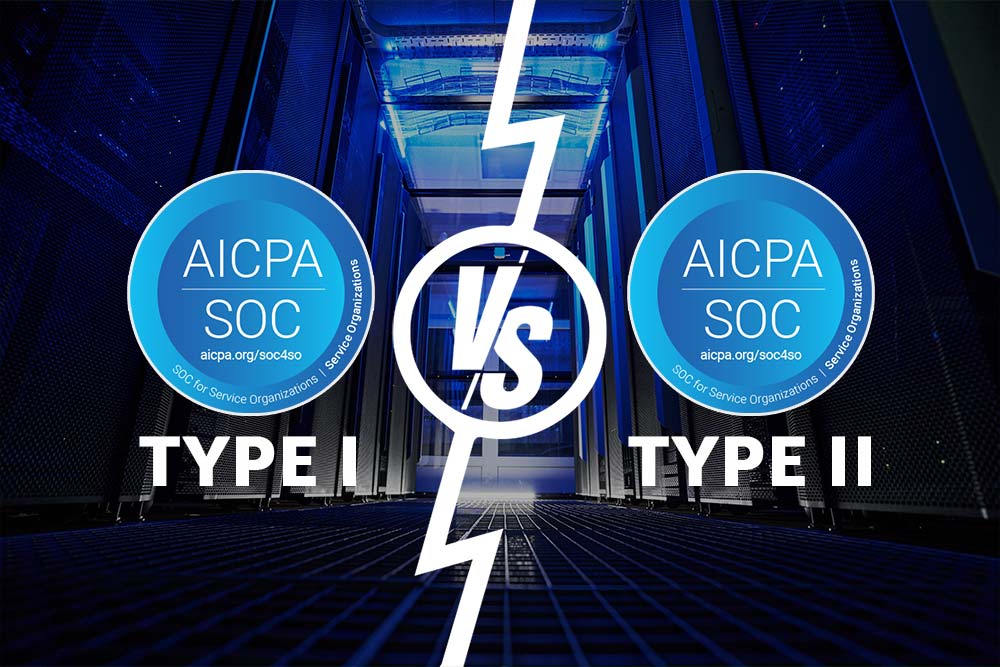The demand for dark fiber is on the rise.
Research commissioned by MarketsandMarkets projects the fiber market to reach $8.7 billion by 2026, up from $5.2 million in 2021. That’s an impressive 11% Compound Annual Growth Rate (CAGR).
According to MarketsandMarkets, this growth is attributed to the following two factors;
- The rising demand for reliable and secure network
- The surging requirement for reliable internet bandwidth
What does the emergence of dark fiber mean for the data center industry? Let’s take a closer look. But first;
What is Dark Fiber?
Often, service providers install surplus fiber strands to enable them to future-proof optic networks.
Dark fiber refers to the dormant fiber optic cable network with no traffic or service running on it. Think of dark fiber as “turned off” leftover fiber installed during the initial installation of the original network.
Understanding Fiber Optic Cable
To get to the root of dark fiber, we need to understand what fiber optic cable is.
A fiber optic cable contains fiberglass. These cables, by design, facilitate far-flung, high-powered networking and communication.
The cables deliver higher bandwidth and stellar communication over long distances than their wired counterparts. Examples of fiber optic cable applications include cable TV, internet, and telephone systems.
The world is connected by 378 fiber optic cables lying on the seafloor, enabling the planet to share data.
Working fiber optic cables are “lit” with light passing through them. On the other hand, dark fiber cables are “unlit” and have light passing through them.
Why would service providers install more cables than they need? …because installation takes 90% of the cost, while the cable accounts for the remaining 10%. By leaving some cables unused, service providers can save money on installation if they need to expand their capacity in the future.
Exploring Dark Fiber Advantages
How Can Dark Fiber Benefit the Data Center Industry? There are many reasons data centers and colocation facilities should lease dark fiber. These include;
Dark Fiber Massive Savings
Fiber optic installation can be expensive.
For instance, a 12-strand single mode fiber cable costs $8,500 to $10,000 per mile, while a 96-strand single-mode cable can cost $20,000 to $30,000 per mile.
Since dark fiber cables are already installed, in essence, this means data centers can save substantial amounts of money by leasing the cable, enabling them to skip the installation cost.
Besides, leasing dark fiber cables from an internet service provider (ISP) or telecom carrier can be cheaper than purchasing commercial internet services in the long term.
Better Performance With Dark Fiber
Dark fiber offers the low latency required to support seamless data exchange from edge to edge, edge to core, and edge to cloud. This enables machines to communicate crucial information instantly for quick and better decision-making.
Think about it.
Unlike commercial internet service, dark fiber doesn’t bounce around different points before reaching its destination. Conversely, dark fiber data centers can get traffic from points A to B in a straight line, improving performance.
Dark fiber eliminates extra boxes in a network, enabling data to move from one spot to another fast.
The Redundancy Benefit
A more significant benefit of dark fiber is its ability to offer physical redundancy for existing infrastructure.
Sure, an organization can use two different providers as a business continuity or disaster recovery strategy. However, it’s not uncommon to find that both providers use the same physical systems.
Imagine what would happen in case of a natural calamity or something as simple as a burst water main or construction accident. The organization may lose primary connectivity and backup at the same time.
Dark fiber physically private networks offer an excellent opportunity for organizations looking to augment their data security.
Further, leveraging dark fiber can enable organizations to handle their hardware in-house and lease a dedicated wavelength.
Scalability and Flexibility
You can break down dark fiber into several wavelengths in a process known as wavelength division multiplexing (DWDM).
DWDM allows data centers to transmit multiple data streams in varying light wavelengths. This enables data centers and colocation providers with a small customer base to lease several wavelengths, and more extensive facilities can get by renting an entire fiber stand.
The point is that dark fiber brings in the flexibility you need for your changing business needs.
Greater Control
Data fiber offers a private network’s reliability, scalability, and security without the strain of owning your network infrastructure.
One of the disadvantages of working with an ISP is the lack of control over schedule, pricing, and limitations. To expand your bandwidth, you must buy more wavelengths and wait for your ISP to deliver.
On the other hand, dark fiber allows you to manage and run your network without relying on the provider. Once you install your equipment, you have total control over your fiber network.
Going to the Darkside
Dark fiber is a hot commodity for data cable investors as cloud computing platforms look to increase network capacity.
This trend underscores the importance of dark fiber in the data center industry. Dark fiber, if strategically placed, can help connect leading data center hubs.
With the amount of data generated, captured, copied, and consumed globally surging rapidly, the arrival of dark fiber couldn’t have been timelier.
Any data center looking to keep up with the growing need for greater bandwidth and faster speeds should consider dark fiber.
The beauty of this is that dark fiber has a fixed cost, something ISPs cannot provide.
Besides, with the many benefits of dark fiber, it makes perfect sense for data centers to seize the opportunity.
The Bottom Line
Dark fiber is here, and the sooner data centers adopt it, the better.
Because of its ability to meet a wide range of business requirements, dark fiber can be an excellent strategy to future-proof your business.
That way, you can position your business to meet the growing end-to-end user’s needs by leveraging dark fiber’s better bandwidth, lower latency, and flexibility.
While dark fiber offers many advantages, it is best used as a long-term solution. So, before you “go to the dark side,” ensure you’re in it for the long haul to maximize the benefits.
Sure, setting up a dark fiber system can be intimidating. However, you can choose an experienced partner to design, build and deploy a tailor-made dark fiber network.
Ready to Talk Dark Fiber Advantages with an Expert??
Volico boasts a portfolio of secure, compliant data center capacity and interconnectivity solutions with private dark fiber.
With Volico as your dark fiber partner, you can rest assured of best-in-class, custom solutions tailored to your specific requirements.
Whether you want to lease or buy dark fiber or use wavelength division multiplexing, dark fiber offers exciting opportunities for your businesses to network in and out of the country.
Still, it would be best to get the basics right before taking the plunge into the dark fiber.
Volico can help you choose a reliable provider to plan, build and launch a fiber network customized to your current and future requirements.
Contact us today to see if a dark fiber solution is right for you!
For more information on dark fiber and how it can help set your business growth, call 888 865 4261 or Chat to speak to one of our dark fiber experts.

